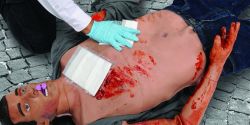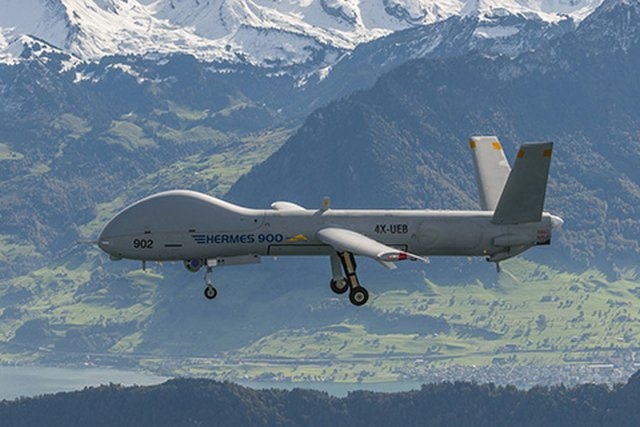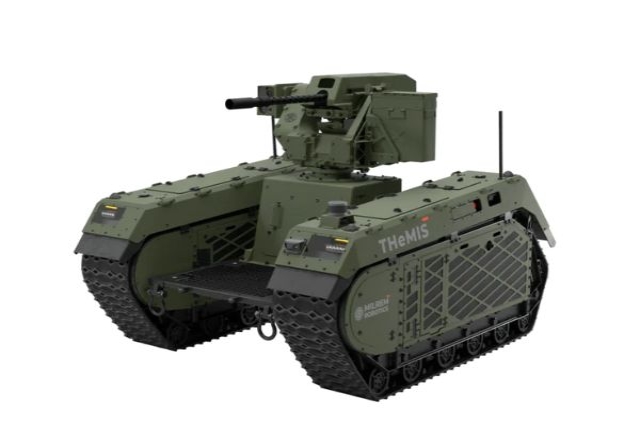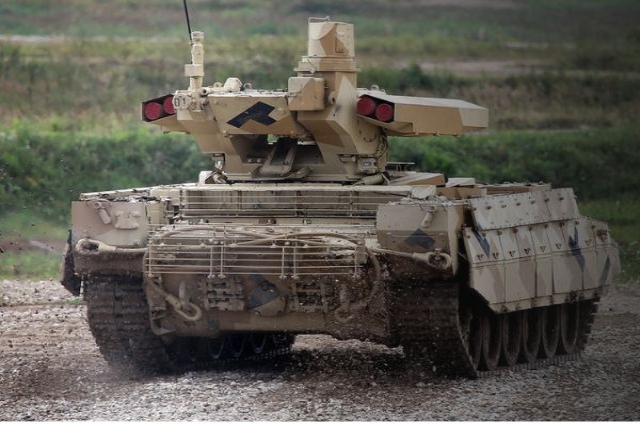CAE Healthcare Shows Off Caesar Trauma Simulator At DSA 2014

CAE’s Caesar trauma patient simulator has become a star attraction at the DSA 2014 show in Malaysia.
Built for trauma, disaster response and combat casualty care, the life-sized simulator offers clinical accuracy for basic to advanced point-of-injury training.
Caesar is built to be deployed “in challenging climate, terrain or training environment,” according to CAE spokesperson Chris Stellawag.
Caesar’s key features include realistic skin and eyes, a tunicate control system, Pnemothorax tension relief with bilateral need decompression, amputated limbs to mimic trauma injury with blood oozing out of the wound, airway management with cricothyrotomy ability and IV access.
Designed for combat medics in military based environments Caesars eyes are not mechanical but rather video based screen systems.
And its skin is “real-to-the-touch” and the Instructor Tablet is used to select scenarios is easy to use thanks to its simple user-interface. Scenarios range from IED trauma to gunshot wounds and clearly show the objectives and provide the initial vital signs and case progression.
In addition, Caesar has an onboard physiological model built into the software and hardware of the manikin, making him completely autonomous from the instructor.









